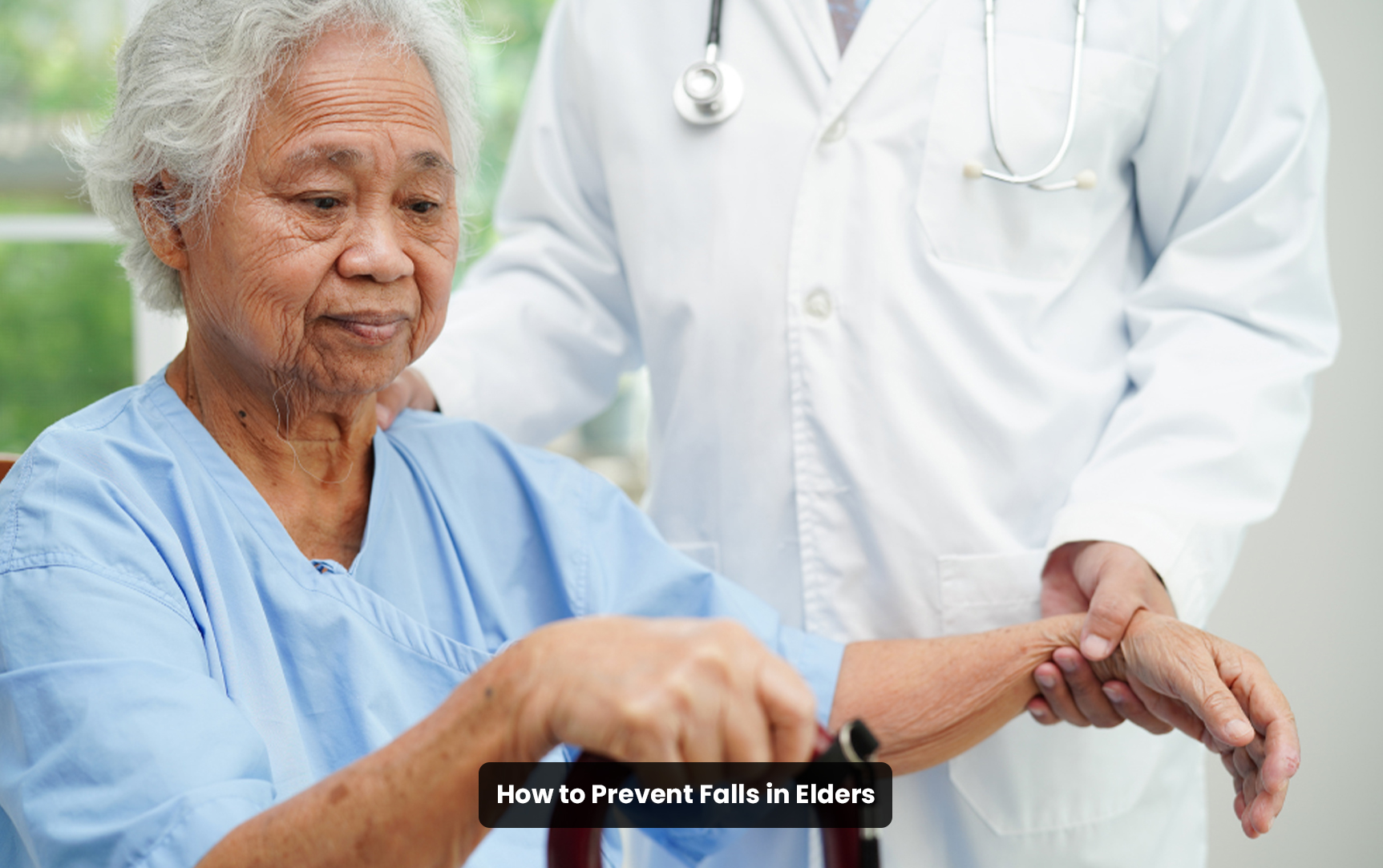
Falls are often caused by muscle weakness, poor vision, medication side effects, chronic conditions, unsafe home environments, and improper footwear.
Regular walking, yoga, and balance exercises improve strength, coordination, and stability, reducing fall risks.
Installing grab bars, improving lighting, removing loose rugs, and keeping pathways clutter-free can significantly reduce fall risks.
Wearing well-fitted, non-slip shoes with good arch support provides stability and reduces the chances of slipping.
Stay calm, check for injuries, assist them up slowly if possible, seek medical help if needed, and identify the cause to prevent future falls.
Ashiana, Ashiana Housing build homes. Homes surrounded by vast green spaces and fresh breeze. Homes cocooned in secured gated complexes. Homes where futures are forged and there are opportunities to grow. And Homes in environments brimming with healthy activity, trust and respect. At heart, we build communities with care.
Other posts by Ashiana
Join 1000+ of fellow readers. Get expert real estate knowledge straight to your inbox absolutely free. Just enter your email address below.